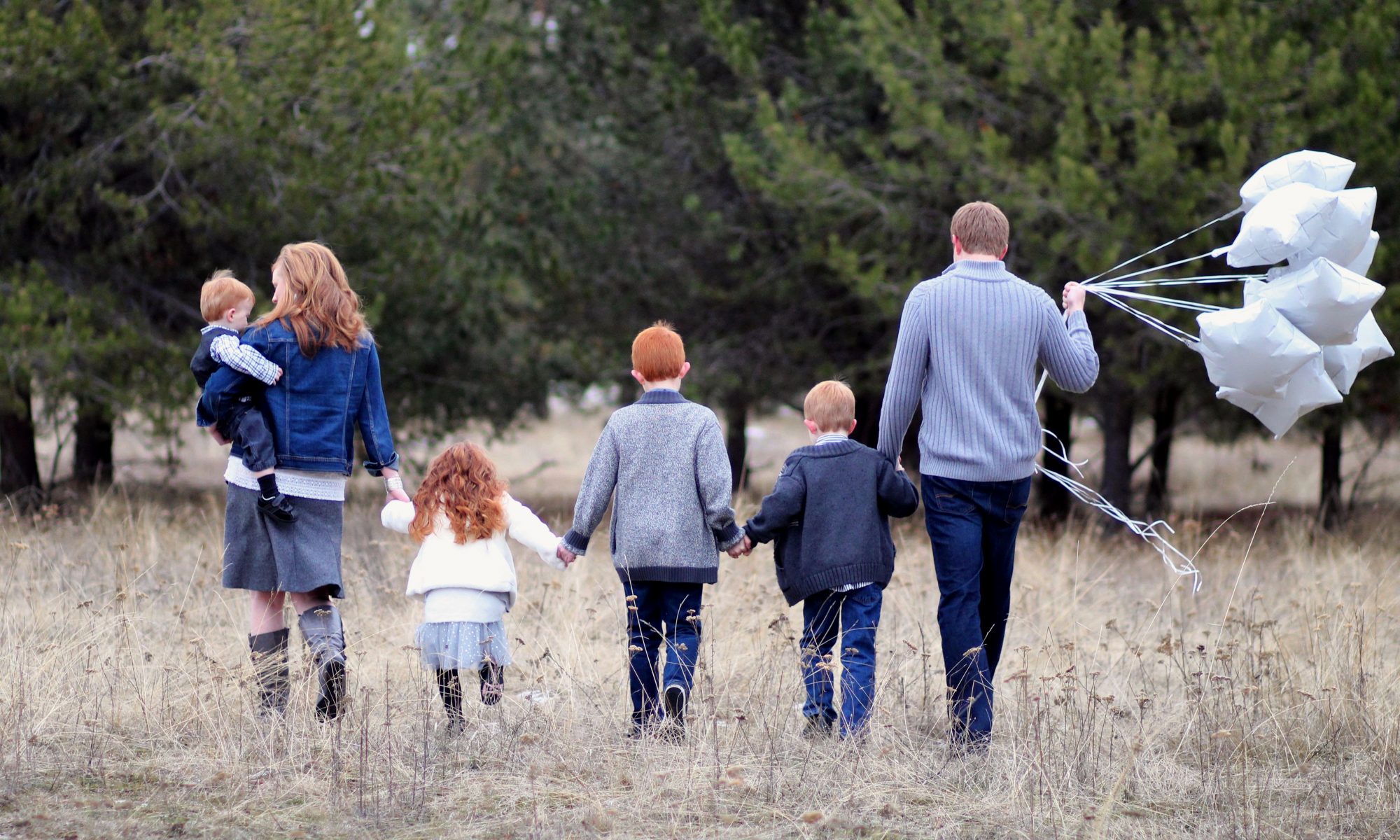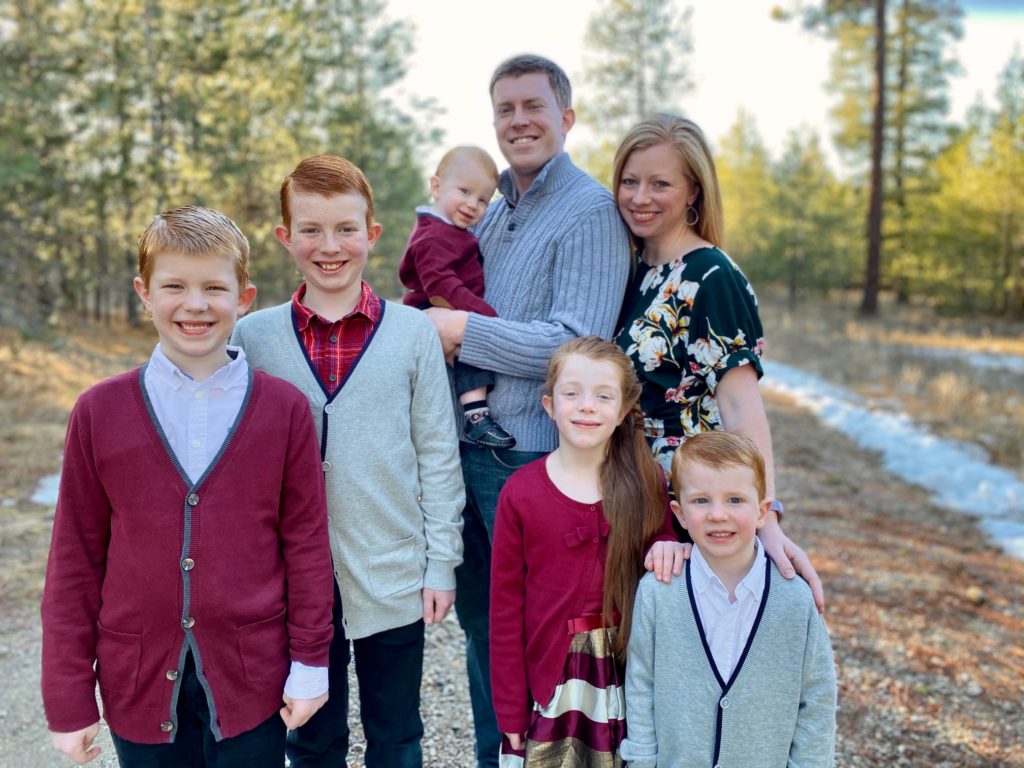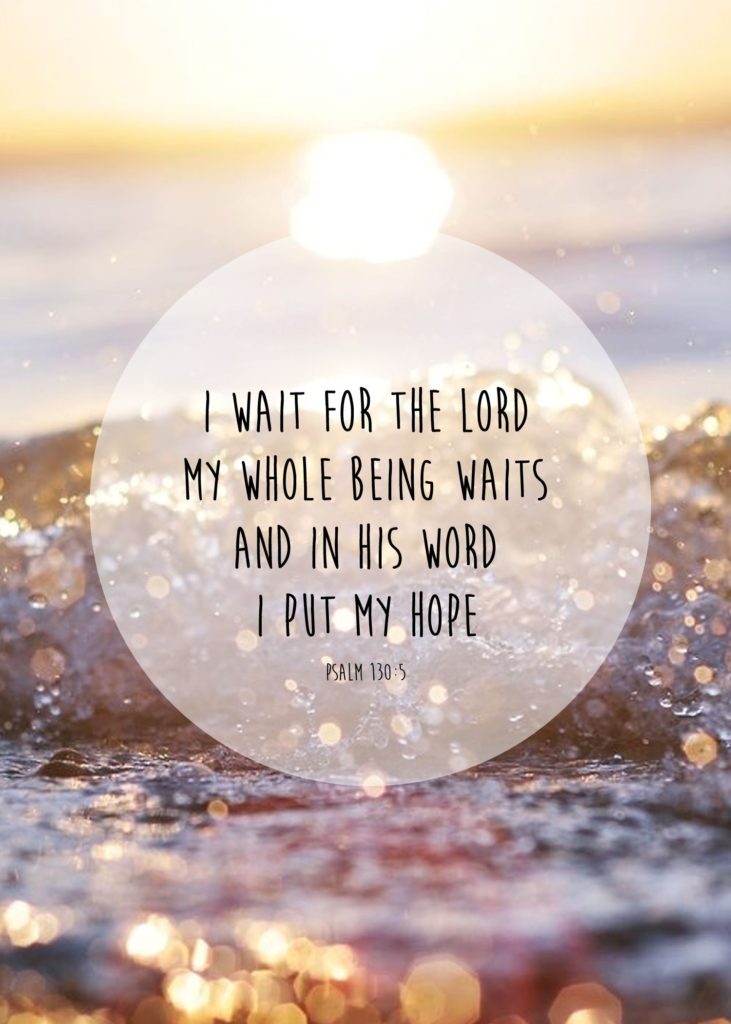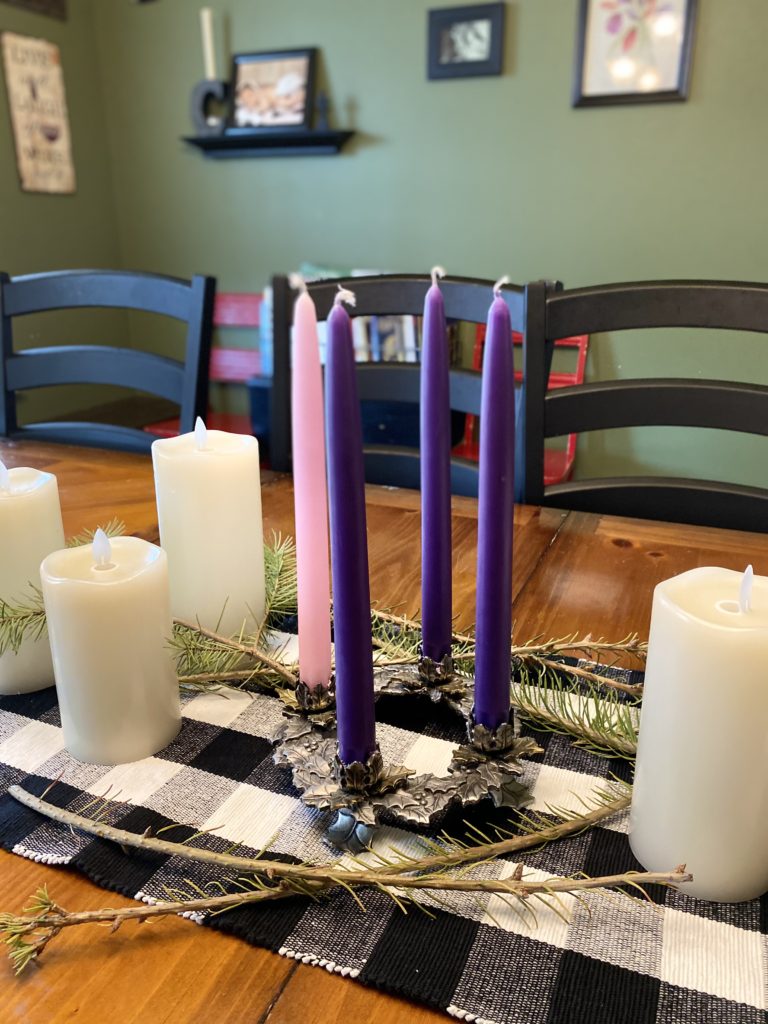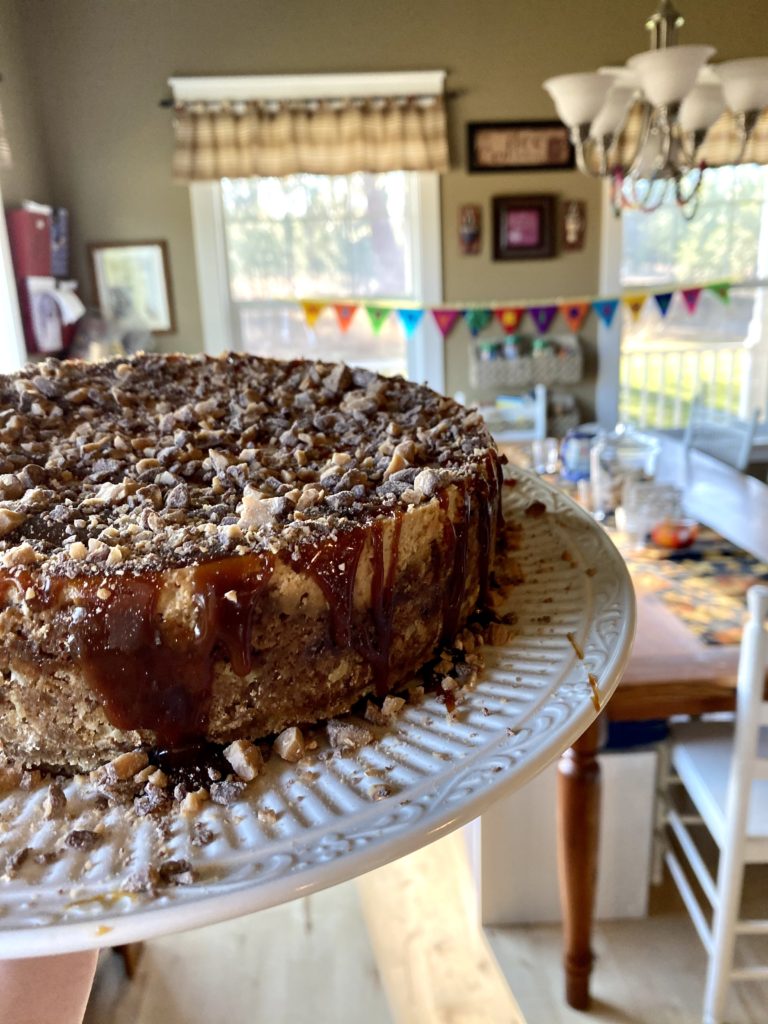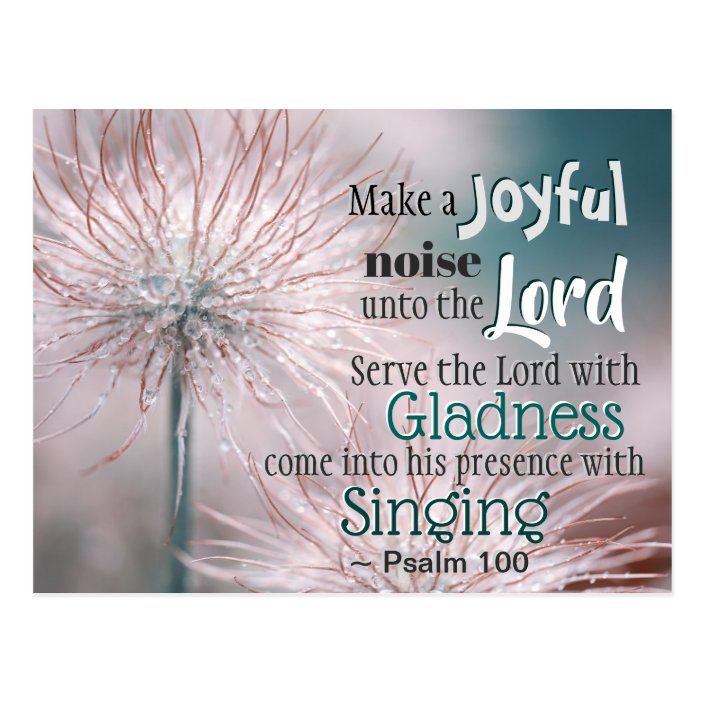“Well-read” may be an adjective attached to someone you know, and I am quite confident that I have many friends who fall well within this category, but I am not positive I have ever thought of myself as well-read. Of course, it technically means that a person is knowledgeable and informed as a result of extensive reading: which perhaps is only allocated to a specific subject or realm. Perhaps well-rounded and well-read do not always overlap, or perhaps the Venn diagram would show only a minor connection between the two. Regardless, as we come to the close of another calendar year, I am looking back at my reading journal and consider myself as growing towards the well-read. My friends at scholesisters.com have encouraged and challenged me to read widely, think deeply, and apply faithfully this last year… and now I am gearing up to jump in again.
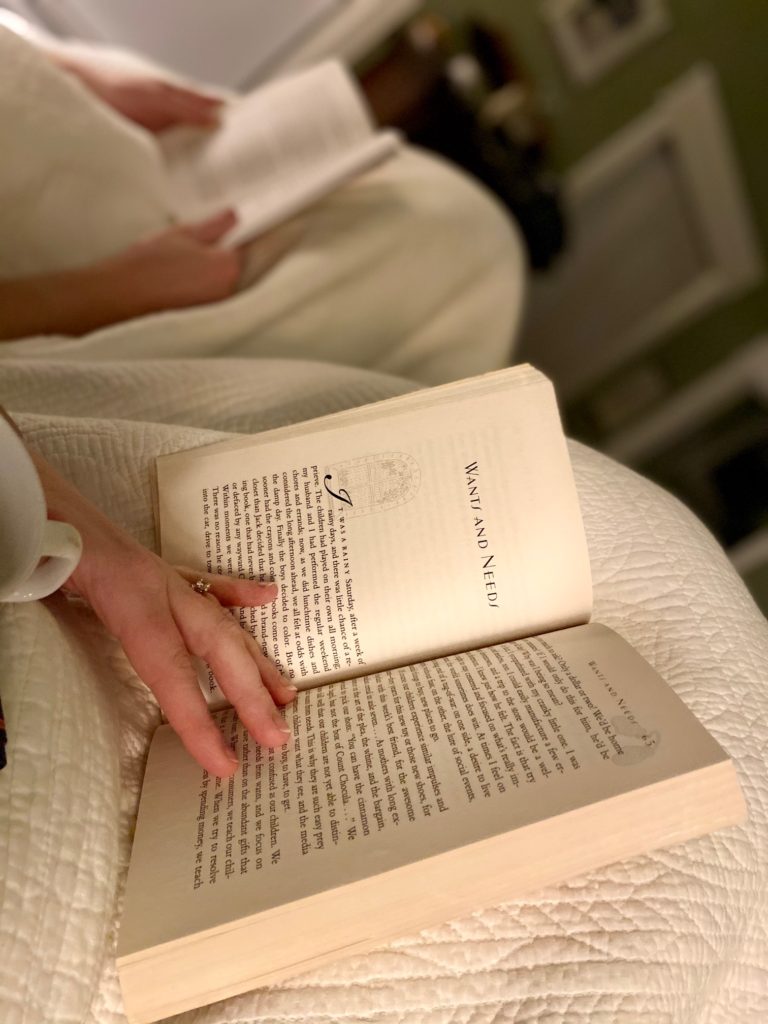
A year ago when I created my first 5×5 reading challenge with the Scholé Sisters, I chose five categories and assigned myself five books within each. I thought it might have been lofty, especially as I do not always stick to a set reading stack, but tend to read a good bit on a whim, particularly when relying on library holds because those are absolutely unpredictable. I can put twelve things on hold at once, and never know whether they will be doled out one by one or all arrive the very same day. And if they are a popular title at the time, I may only have a month (or, in some cases, a mere 14 days if it is a newly released title) to finish the book before it is due back for the next person in line on holds. Let’s just say, I do find this more than a little anxiety-provoking.
But I gave it a shot, and apparently it went well enough for me this last year that I am willing to give it a go again! In fact, I have friends telling me to add the Literary Life reading challenge to my year… perhaps if I can overlap them enough, I might just see how far I can get on that one… but I make no promise and will not hold my breath.
I thought about going through my entire reading list in a post, but realize that isn’t necessarily helpful or even fun. I’m not entirely sure I want to read the lists of others, so I decided not to share mine either. 😉 The point is: I read widely, I thought deeply (and enjoyed deeply), and have been seeking to apply faithfully. I set out to read 25 specific books for the 5×5 challenge, and completed 23 of them. One is still untouched on my shelf, and one was a “through the year” prayer book that I wasn’t nearly as faithful to as I had hoped so I am not counting it. But when I received an email from the Scholé Sisters which said “twenty books counts as complete for 2020,” I was pretty stoked.
In all, I have read (combining audiobooks with handheld paper books) 115 books this year… plus countless picture books that I would never even begin pretending to keep track of. I am actually really surprised that I have that many titles under my belt for 2020! While some people have said this year brought them a superabundance of free time, or time for different pursuits, I absolutely did not find that true for myself. As a fulltime homemaker and home educator already, this year did not give me less time commitments or responsibilities: if anything, it added to my plate. The presupposition that homeschoolers didn’t find 2020 bringing alterations to habits or routines is completely false. Let me tell you: we were thrown for a loop as much as anybody.
I read 60 books on my own this year: 31 nonfiction, 29 fiction. I had zero plan of seeking to balance fiction with nonfiction, but I am rather pleased that it happened to shake out that way. I also did 40 read alouds with all my children (please note that when you live out in the country, you can make a lot of headway in audiobooks while driving over the course of a year), and 15 more read alouds with just certain children (some with just my daughter, a couple with my younger set, a few with just one son at a time and a few with my two oldest sons).
I knew that I was always keeping my reading stack going as well as always keeping my earbuds at the ready. I went through this year continually acknowledging that I wanted to be engaging in both fiction and nonfiction, with and without my children, on a regularly ongoing basis. But on a day to day, or week to week, basis I never really knew how much progress I was making. The plod of my daily and weekly routines as worker, wife, mother, educator, and friend kept me so constantly on my toes that I simply kept reading, kept listening, kept writing titles down upon completion… and only now have finally gone back to count them up and see the real accomplishment. Honestly, it is super satisfying, gratifying: a blessing.
I may not have read as well-rounded of a list as some others I know, but this was a year where I branched out, planned ahead, kept moving forward, and honestly grew. I didn’t know I could grow even deeper in my love of reading… but I actually did. Just when I thought I was already passionately in love with books, I realize there is always more to learn, more to apply, more to love, more to read.
I have always known that I loved historical fiction, but Susan Meissner and Ruta Sepetys have shown me that there is a bittersweet depth to it which I had not previously plumbed. I have also always known that I loved books which marry cooking with memoir (thank you, Robert Capon), but I discovered Ruth Reichl this year with great pleasure. I learned that I feel a much stronger gravitational pull toward Christian nonfiction than secular, particularly when habits or disciplines are discussed: for instance, while I really gleaned goodness from Atomic Habits, I can not get over how much more it would have left an impression if James Clear had backed up his philosophy with fruit of the Spirit. (I genuinely missed Jesus in that book.) I learned anew how much my children love a good series, and are much disdained if I ever feel tempted to give up a series before its completion. They are diehards and love to complete a story arc. I also learned this year that it is okay NOT to complete a series, or even to set a book aside that isn’t whetting the appetite. There are too many marvelous books to read in my one short life to waste hours on something that doesn’t spur me on to love, good works, blessing, or fancy. And honestly: I want my kids to learn that lesson too.
As I type this, my five year old is sitting beside me with exactly twenty picture books splayed all around… he is reading them aloud to himself, and each time he picks up a new book, he declares with glee: “ooooh I love this one!” That’s my boy. (Let’s be honest: I only produce bibliophiles. Ginger book-lovers, all five.)
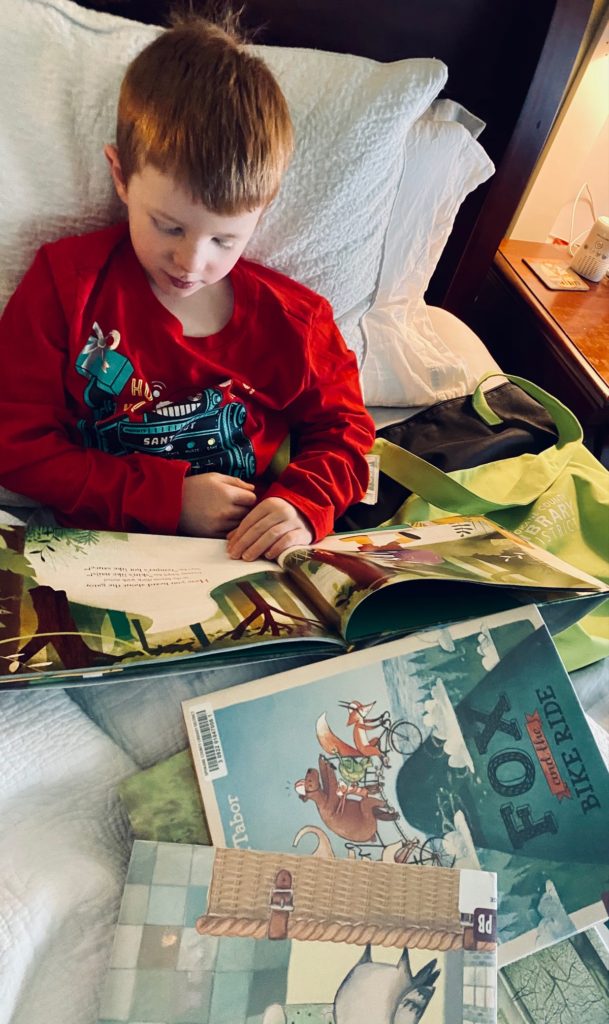
Are you setting reading goals for 2021? Do you put together a literal TBR stack? How do you keep track of your reading habits or completed books? What reading challenge(s) are you signing up for this year?
I will occasionally share more bookish updates here as I seek to become ever more well-read. It brings me joy right here in the center of my domestic little life. Bring on the books!
